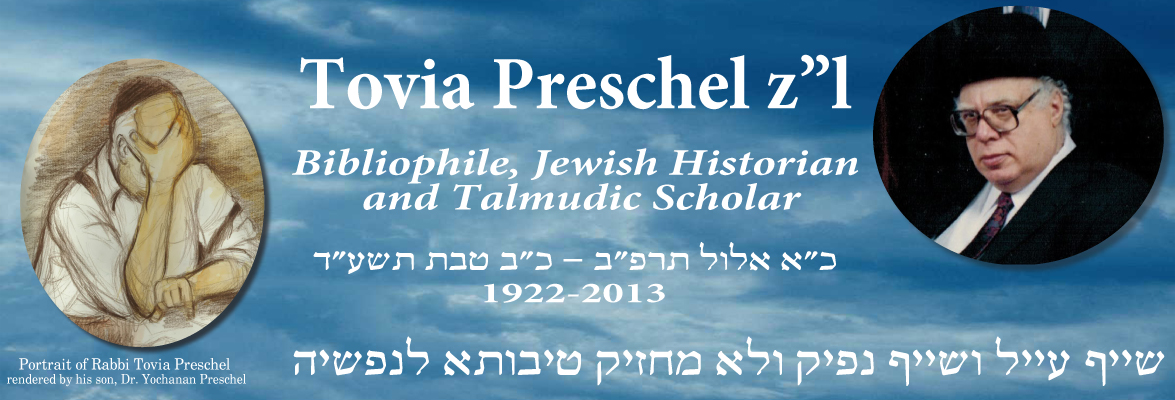The Potuguese Jewish community of Amsterdam — founded early in the seventeenth century by Marranos from Spain and Portugal was for a long period the largest and most wealthy Sefardi community of Western Europe.
The community’s magnificent synagogue built in 1675 – and its old burial place in Ouderkirk, a village about five miles south of Amsterdam, are silent witnesses to the fame and grandeur which are no more.
The cemetery- the oldest Jewish burial place in Holland- is situated by the Bullewijk, a tributary of the Amatel. In olden days it was reached by water with a towboat.
The land was originally purchased in 1614. Ashkenazim, too, used this burial ground until 1642, when they bought a plot of their own in Muiderberg.
The cemetery, which was enlarged several times contains about 30,000 tombs. Wealthy families used to engrave the tombstones of their loved ones with various ornaments and even with pictures representing scenes from the Bible.
Now many of the stones- which the Sephardim, in contrast to the Ashkenazim, place flat on the graves – have sunk into the shallow grounds. In recent years some of these were uncovered, and if they were of historical interest, have been restored.
Nowadays the entrance is situated next to the house, When my husband and I knocked on the door, a young woman answered. She told us that she was Jewish and that she has been serving the customers for the past year.
Through the gate we could see that many gravestones were covered with material which looked like fiberglass. While unlocking the gate, the custodian explained that the stones were covered until late into the spring to protect them from damage by the weather.
As we passed through the entrance stepping into the oldest part of the cemetery, the custodian pointed out to us the tomb of Menasseh Ben Israel, Amsterdam’s most famous Jew.
Born as a Marrano in Portugal, Menasseh Ben Israel was brought to Holland as a child by his father, who escaped the Inquisition. He studied in Amsterdam’s Jewish schools and when still young made himself a name as a preacher and author. In 1626 he established the first Hebrew printing press in Amsterdam. He published Bibles and prayer books in Hebrew and in translation for the use of former Marranos, who had not yet learned Hebrew, a variety of Hebrew text books as well as books he himself authored in Hebrew, Latin Portuguese and Spanish.
His “Conciliador”, in which he reconciled passages of Scripture which appeared to be contradictory, was widely read by Christian scholars. Other books of his included philosophical works which were largely addressed to gentile readers, “Thesouro dos Dinim”, a ritual compendium in Portugese for ex-marranos and Nishmat Hayyim, a Hebrew treatise about the soul.
He took a prominent part in the negotiations for the readmission of the Jews to England, from where they had been expelled in 1290.
Marranos were fleeing the burning and tortures of the Inquisition on the Iberian peninsula and were searching places of refuge.
The Chmielnicki massacres of 1648-1649 had destroyed hundreds of Jewish communities in Eastern Europe, sending waves of penniless refugees to Central and Western Europe.
Moreover, Menasshe Ben israel, believed that the readmission of the Jews to England would hasten the arrival of the Messianic era. In Deuteronomy 28:64 it says: And the L-rd will scatter thee among all the nations from one end of the earth to the other. (Ve’ad Ktzeh Ha’aretz). Ktzeh Haaretz was understood by some medieval commentators to mean England (Anlge -Terre). Menasseh Ben Israel was convinced that if Jews would again be found in England, the Biblical prophecy of this dispersion would be fulfilled, and redemption could begin.
He traveled to England in 1655 and submitted his petition for the return of the Jews to Oliver Cromwell. Remaining for two years in London, he wrote a defense of the Jews, refuting attacks and accusations which had been made against them, but was not able to achieve the “official recall” of the Jews. He died shortly after his return to Holland at the age of 53.
Commenting on the negotiations for the return of the Jews to England, the late Oxford historian, Cecil Roth remarked that though Menasseh Ben Israel regarded his mission as a failure, “It was without doubt his writings that had prepared the mind of the English to welcome the Jews again in their midst, and his labors that had elucidated the crucial fact that there was no statute which forbade the exile four centuries before to return.”
Menasseh Ben Israel was buried not far from his father, Joseph Ben Israel and his teacher, Rabbi Isaac Ben Uzziel. A plain stone covers his grave. It bears epitaphs both in Hebrew and in Spanish. The Spanish verses read; “He is not dead; for in heaven he lives in supreme glory, whilst on earth his pen has won him immortal remembrance.”
by Pearl Preschel Herzog
The Jewish Press, Friday, June 25, 1987
Jewish Tradition March 1988

